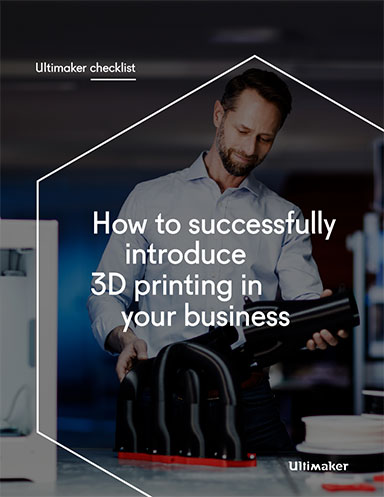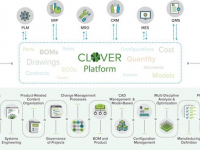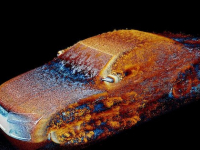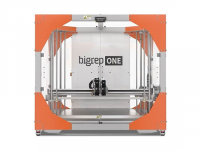How to Successfully Introduce 3D Printing in Your Business
Bringing the 3D printing process in-house is an effective way of optimizing the product development workflow; enabling faster iterations and reduced costs.

October 1, 2020
Many organizations have already made the transition in industries as diverse as automotive engineering and movie special effects. This checklist guide is designed to help you with the introduction of fused filament fabrication (FFF) 3D printing so your business can benefit from the advantages of in-house rapid prototyping and production.
What preparations are necessary in order to profit from the full potential of in-house printing? By following the outlined steps and by checking which tasks are completed, you can keep a good overview of your progress.
Today’s highly capable desktop FFF platforms can also add value for applications beyond prototyping, such as molds, tooling, and one-off and low-volume end-use parts, such as customized jigs and fixtures.
By embracing and successfully implementing desktop FFF 3D printing you will benefit from:
- Faster prototyping cycles
- Less interruption to the design process, not broken by lengthy part lead times when outsourced to a third party
- The ability to carry out and evaluate more design iterations leading to a higher quality final product
- Fast ROI and cost savings for the business compared with outsourcing
Remember, preparation is the key to success. Purchasing a 3D printer is only a small part of the process that leads to a faster and more flexible product development.
Fill out the information below to download the resource.
Latest News









